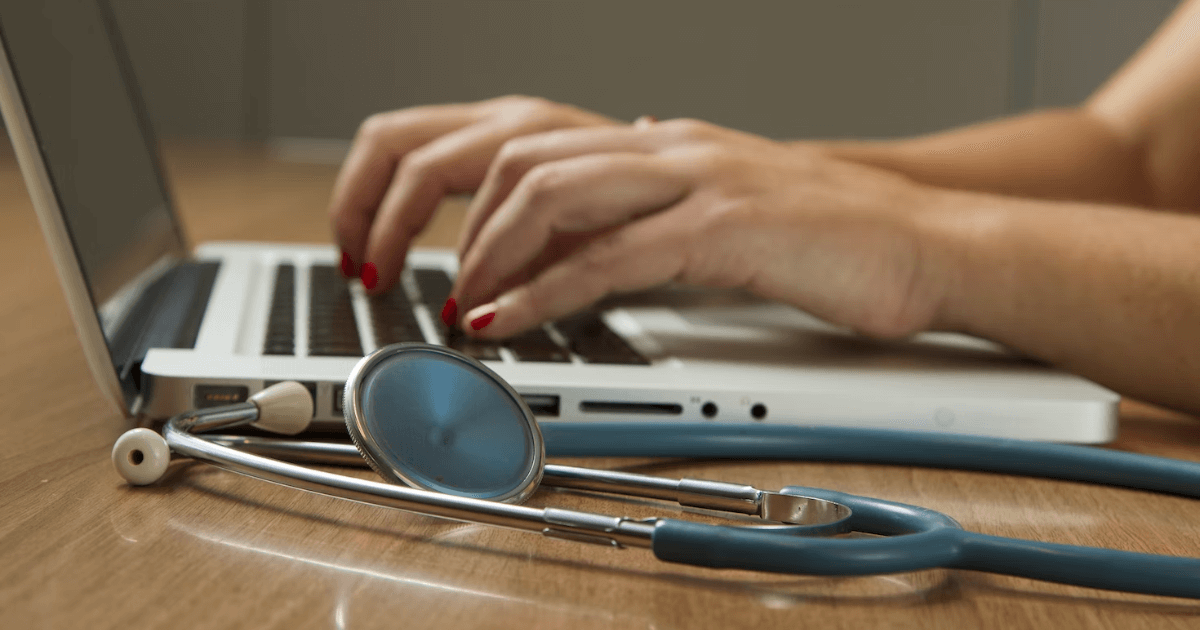All medical providers and services rely on technology to provide care to patients. As new products and treatments are developed, healthcare providers must incorporate these into their services to ensure they are offering patients the most advanced and effective care.
The NHS is no exception. It is an institution that must strive to be at the forefront of modern healthcare technology. To do so, new products must be procured, tested, and rolled out regularly. This helps provide the latest care while ensuring it is safe for patients. Let’s look at how they do this in more detail.
Identifying New Products
New and improved healthcare products are developed and released at a rapid rate. Be it a new stethoscope or an advanced abdominal retractor – the NHS must constantly monitor the global market to identify new products that could help them improve their services.
Assessing The Suppliers
Once NHS directories or clinicians have identified a new product, they must carry out a check into the history of the supplier and manufacturer. The suppliers must be reputable and be able to demonstrate that they can produce the required amount of the product and that they will follow all relevant health and safety regulations.
Trialling The Product
After a product has been identified and the legitimacy of the supplier has been verified, the NHS will conduct preliminary tests and trials to assess both the product’s efficacy and its safety. This step is absolutely crucial. Medical instruments and equipment must be able to effectively carry out their intended purchase. What’s more, they must be able to do so safely and with minimal risk of injury to patients and healthcare professionals. Failure to adequately complete this step could result in the NHS spending money on inferior products or facing malpractice suits if a patient was to get injured from a poorly tested product.
Buying The Product
Once a product has been trialled and deemed both safe and effective enough for use, the NHS will then take steps to procure that product. There are a number of ways in which the NHS purchases products, including directly through trusts and care organisations, collaborative arrangements, contracts, and government tenders.
Some of these disparate bodies will focus on buying goods for specific healthcare departments, such as consumables, ophthalmology, and radiology. For products that do not necessarily adhere to current framework models, suppliers can sell through something called a pilot agreement.The NHS spends around £27 billion annually on goods and services. With such a massive outlay, it’s imperative that they ensure they are not going over budget. This means that, when buying new products, the NHS must adhere to existing cost structures and budget frameworks, with clear financial bands and spending limits in place to keep costs under control.
Conclusion
The integration of new products and technology is a fundamental part of the NHS. It allows them to provide the very latest and best care for patients in a safe and secure way.

